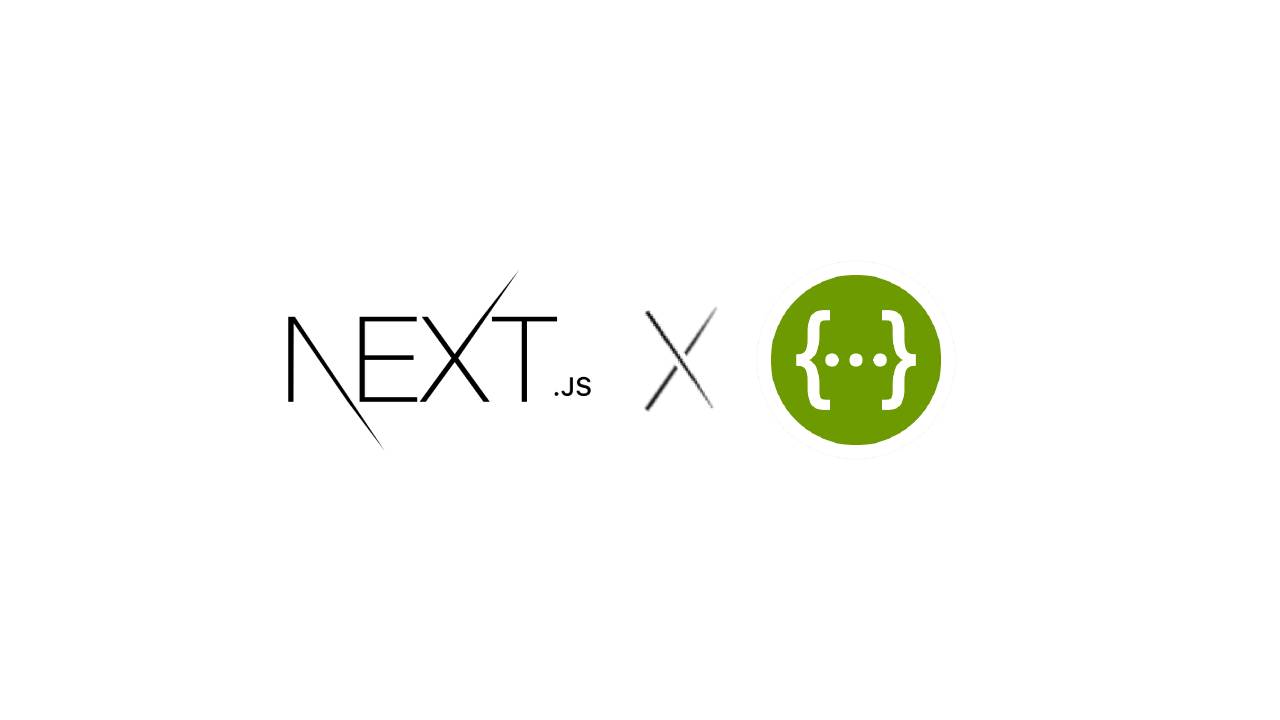In modern web development, creating robust APIs is essential for building dynamic and interactive web applications. In this article, we’ll explore how to create a Next js API Example route from scratch, providing a comprehensive example to guide you through the process.
Next.js, a popular React framework, offers a seamless way to develop API routes alongside your frontend components.
Creating a Next js API Example Project:
Before diving into API development, let’s set up a new Next.js project. If you haven’t already installed Next.js, you can do so by running the following command:
npx create-next-app@latest my-nextjs-appThis command initializes a new Next.js project named “my-nextjs-app.”
Creating an Next js API Route:
Next.js provides a special directory named pages/api where you can define API routes. Within your project directory, create a new file named example.js inside the pages/api directory. This file will serve as our API route.
Defining the Next js API Handler Function:
In the example.js file, define a function named handler that takes two arguments: req (the request object) and res (the response object).
This function will be called whenever a request is made to the API route. Here’s an example of the initial API handler function:
// pages/api/example.js
export default function handler(req, res) {
res.status(200).json({ message: 'This is an example API route' });
}Handling HTTP Requests:
Within the handler function, handle different HTTP request methods (e.g., GET, POST) using conditional statements or switch cases. You can access request data, query parameters, and request headers from the req object.
Sending Responses:
Use the res object to send responses back to the client. You can send JSON data, HTML content, or other types of responses using methods like res.json(), res.send(), res.status(), etc.
Testing the Next js API Example Route:
Start your Next.js development server by running npm run dev in the terminal. Once the server is running, you can access your API route at /api/example (or whatever endpoint you defined).
For example, if you’re running your app locally, the API route would be http://localhost:3000/api/example.
Example: Handling a POST Request Here’s an example of handling a POST request in a Next.js API route:
// pages/api/example.js
export default function handler(req, res) {
if (req.method === 'POST') {
const { name, email } = req.body;
// Do something with the request data (e.g., save to a database)
res.status(200).json({ message: `Received POST request with name: ${name} and email: ${email}` });
} else {
res.status(405).json({ message: 'Method Not Allowed' });
}
}Creating API routes in Next.js is straightforward and seamlessly integrates with your React frontend. By following the steps outlined in this article and leveraging the provided example, you can build powerful APIs to support your Next.js applications with ease.
By incorporating Next.js API routes, you enhance the functionality and interactivity of your web applications while maintaining a unified development experience.
Whether you’re building a simple CRUD application or a sophisticated web platform, Next.js provides the tools you need to create efficient and scalable APIs.

